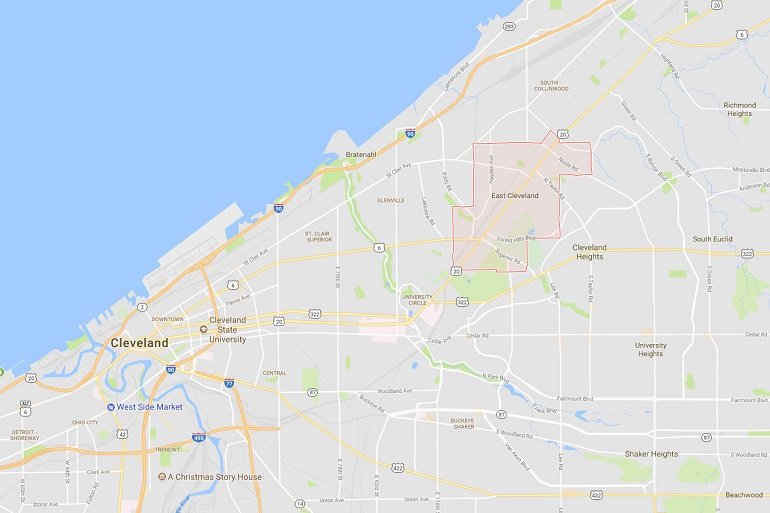
My latest column is online in the September issue of Governing magazine, and is a writeup of my recent study on merging fiscally failing suburbs.
I examined suburbs contiguous to several Midwestern and Northeastern post-industrial cities for my recent Manhattan Institute study, “Mergers May Rescue Declining Suburbs.” I found that a large number of these suburbs face negative indicators like falling populations and rising poverty. Many are potential candidates for a merger, and I highlight 10 of them as examples.
We haven’t seen this type of merger in the recent era, but there have been a few proposals. One case is East Cleveland, Ohio. The Cleveland suburb has lost 37 percent of its population since 2000 and has a poverty rate of almost 43 percent. Fiscal problems forced it to cut its budget by 38 percent and lay off almost half of the municipal workforce. It had to borrow salt trucks from the state and an ambulance from a neighboring town. Merging with Cleveland could help to ensure that good-quality basic public services can be delivered there.
But let’s not kid ourselves: Mergers are extremely challenging politically. East Cleveland is again the example. After starting the process of exploring a merger, the mayor and city council president were recalled by narrow vote margins in a special election in December, killing the merger proposal for now.
Nevertheless, local and state leaders should keep mergers in mind as a policy tool. Then they can look for opportunities where need and political reality align to use it. They can also start drawing lessons from annexation battles. Annexations typically require a carrot of some sort to sell the proposal, such as getting utility service or investments in other infrastructure. For mergers to happen, states will likely need to step up to fund transition costs, potentially absorb excessive suburban fiscal liabilities and put a capital improvement plan on the table as a sweetener. Ohio’s state auditor had suggested a $10 million state infrastructure investment in East Cleveland contingent on a merger.
The challenges of helping economically declining and fiscally struggling inner-ring suburbs will not be easy ones to solve. There are no magic fixes, and the answers will vary by community. But merging with the adjacent central city is an option that needs to be on the table.
Click through to read the whole thing.
from Aaron M. Renn
http://www.urbanophile.com/2017/11/01/struggling-suburb-merge-it-with-the-big-city-next-door/
No comments:
Post a Comment